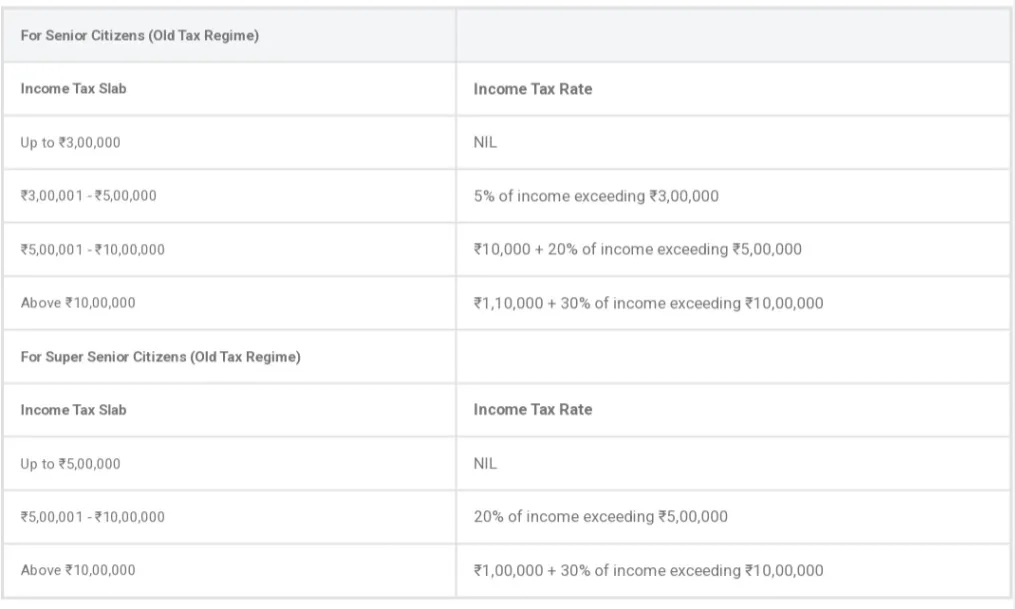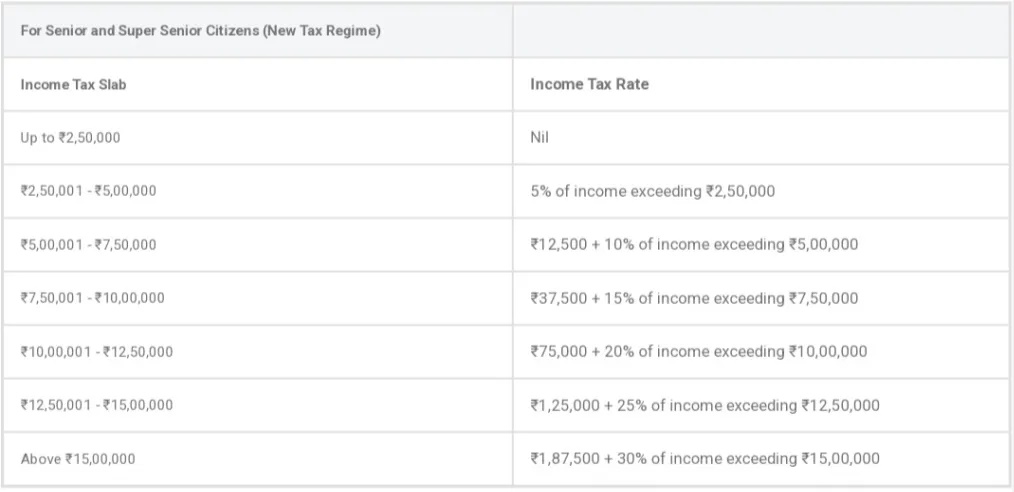- IN THE NEWS X
- It’s time to clear your advance tax liability
- Seniors need to submit Forms 12BBA, 15G, 15H to save on TDS: Experts
- How investing in 54EC bonds can help you save tax on long-term gains
- New income tax forms are out for new assessment year 2022-23. Find out which one you should use
- New ITR forms need income disclosure from foreign retirement a/cs
- Why is March 31 an important date for taxpayers? Find out
- Not filed ITR yet? Face penalty or even jail term, say analysts
- March 15 Is The Last Date To Pay Advance Tax: Time To Clear Your Liability
- It's time to deduct TDS if rent exceeds Rs 50,000, say analysts
- Clarification on capital gains tax on early redemption of Sovereign Gold Bonds is required – Here’s why
- Second amendment to LLP Rules will ease procedural burden: Experts
- Three Things To Keep In Mind Before Investing In RBI’s Sovereign Gold Bonds
- Tackle low liquidity in sovereign gold bonds by laddering, say analysts
- CBDT, tax tools make e-filing of I-T returns simpler
Senior and Super Senior Citizens may choose the Old Tax Regime or the New Tax Regime, i.e., under Tax Slabs for AY 2022-23
Written by Gagandeep Arora - Printed on - Date - 14th Dec 2022
For income tax purposes, a resident is deemed to be a senior citizen if they had been 60
or older but under 80, whereas an individual resident who was 80 years of age or older
at any point in the previous financial year is referred to as a super senior citizen.
Senior and Super Senior Citizens may choose the Old Tax Regime or the New Tax Regime,
i.e., under Tax Slabs for AY 2022-23. There are several exemptions and deductions, such
as 80C, 80D, 80TTB, and HRA, that are not available to taxpayers who choose tax
concessions rates under the New Tax Regime when compared to the old tax regime. What tax
brackets and income tax deductions are available to senior and super senior citizens?
Let’s find out from our tax experts.
Senior citizens are defined as an individual who is 60 years of age or above but less
than 80 years of age. Anybody who is 80 years old or above is considered to be a super
senior citizen as per Income Tax Act. This bifurcation is done to give additional tax
benefits for people reaching 80 years.
One should note that under the old tax regime, senior citizens get a basic exemption of
3,00,000 i.e., an income earned up to 3,00,000 is tax free. On the other hand, for super
senior citizens, this basic exemption limit is raised to 5,00,000.
You may check the income tax slabs for senior and super senior citizens under old tax
regime in the table below: –

It is important to note that a Rebate of Rs. 10,000 u/s 87A is applicable for senior
citizens if their total income is not more than 5 lacs. Therefore, effectively senior
citizens will not have to pay any tax if their income is up to 5 lacs.
However, if the income crosses the mark of 5 lacs, then they will have to pay tax on the
entire income exceeding 3 lacs.
If opting for the new tax regime, no additional exemption is available for senior and
super senior citizens. Under the new tax regime, there is only one category of slabs
which is applicable for all individuals with no categorization of senior or super senior
citizens. Here, the basic exemption limit is lower at 2.5 lacs.
Opting for a new tax regime means lower tax rates but with a disadvantage of not being
able to claim most of the deductions and exemptions like 80C, 80D, HRA, 80TTB etc.
In the following table, you will find the income tax slabs for senior and super senior
citizens under the new tax regime: –

Individuals should note that rebate of up to 12,500 u/s 87A is available in the new tax
regime if the income is not more than 5 lacs.
Taxpayers should keep in mind that they will be liable to pay surcharge if their taxable
income exceeds 50 lacs. Rate of surcharge increases with increase in level of income
ranging from 10%-37% of income tax payable.
Additionally, health & education cess at 4% will also be levied on the amount of income
tax plus surcharge.
Total Income
Income tax rates (Senior Citizen) under Old
Tax Regime
Total Income
Income Tax rates (Irrespective of the taxpayer’s age)
under New Tax Regime
Upto Rs. 3,00,000*
Nil
Upto Rs. 2,50,000*
Nil
Rs. 3,00,001 – Rs. 5,00,000
5.2% [tax rate 5% plus health and education cess 4% thereon] (Effective
Rate is Nil after availing rebate u/s 87A**) of income exceeding Rs.
3,00,000
Rs. 2,50,001 – Rs. 5,00,000
5.2% [tax rate 5% plus health and education cess 4% thereon] (Effective
Rate is Nil after availing rebate u/s 87A**) of income exceeding Rs.
2,50,000
Rs. 5,00,001 – Rs. 7,50,000
20.80% [tax rate 20% plus health and education cess 4% thereon] of
income exceeding Rs. 5,00,000
Rs. 5,00,001 – Rs. 7,50,000
10.40% [tax rate 10% plus health and education cess 4% thereon] of
income exceeding Rs. 5,00,000
Rs. 7,50,001 – Rs. 10,00,000
20.80% [tax rate 20% plus health and education cess 4% thereon] of
income exceeding Rs. 5,00,000
Rs. 7,50,001 – Rs. 10,00,000
15.60% [tax rate 15% plus health and education cess 4% thereon] of
income exceeding Rs. 7,50,000
Rs. 10,00,001 – Rs. 12,50,000
31.20% [tax rate 30% plus health and education cess 4% thereon] of
income exceeding Rs. 10,00,000
Rs. 10,00,001 – Rs. 12,50,000
20.80% [tax rate 20% plus health and education cess 4% thereon] of
income exceeding Rs. 10,00,000
Rs. 12,50,001 – Rs. 15,00,000
31.20% [tax rate 30% plus health and education cess 4% thereon] of
income exceeding Rs. 12,50,000
Rs. 12,50,001 – Rs. 15,00,000
26.00% [tax rate 25% plus health and education cess 4% thereon] of
income exceeding Rs. 12,50,000
Rs. 15,00,001 – Rs. 50,00,000
31.20% [tax rate 30% plus health and education cess 4% thereon] of
income exceeding Rs. 15,00,000
Rs. 15,00,001 – Rs. 50,00,000
31.20% [tax rate 30% plus health and education cess 4% thereon] of
income exceeding Rs. 15,00,000
Rs. 50,00,001# – Rs. 1,00,00,000
34.32% [(tax rate 30% plus surcharge 10% thereon) plus health and
education cess 4% thereon] of income exceeding Rs. 50,00,000
Rs. 50,00,001# – Rs. 1,00,00,000
34.32% [(tax rate 30% plus surcharge 10% thereon) plus health and
education cess 4% thereon] of income exceeding Rs. 50,00,000
Rs. 1,00,00,001# – Rs. 2,00,00,000
35.88% [(tax rate 30% plus surcharge 15% thereon) plus health and
education cess 4% thereon] of income exceeding Rs. 1,00,00,000
Rs. 1,00,00,001# – Rs. 2,00,00,000
35.88% [(tax rate 30% plus surcharge 15% thereon) plus health and
education cess 4% thereon] of income exceeding Rs. 1,00,00,000
Rs. 2,00,00,001# – Rs. 5,00,00,000
39% [(tax rate 30% plus surcharge 25%^ thereon) plus health and
education cess 4% thereon] of income exceeding Rs. 2,00,00,000
Rs. 2,00,00,001# – Rs. 5,00,00,000
39% [(tax rate 30% plus surcharge 25%^ thereon) plus health and
education cess 4% thereon] of income exceeding Rs. 2,00,00,000
Above 5,00,00,000#
5,00,00,001 and above 42.744% [(tax rate 30% plus surcharge 37%^
thereon) plus health and education cess 4% thereon] of income exceeding
Rs. 5,00,00,000
Above 5,00,00,000#
42.744% [(tax rate 30% plus surcharge 37%^ thereon) plus health and
education cess 4% thereon] of income exceeding Rs.5,00,00,000
Note(i)*:– Any resident senior citizen whose age is more than 60 years but less than
or equal to 80 years has a basic exemption limit of Rs. 3,00,000 as mentioned in the above
table. Further, any resident taxpayer who is a super senior citizen whose age is more than
80 years has a basic exemption limit of Rs. 5,00,000 instead of Rs. 3,00,000.
Note(ii)#:– Marginal relief is available to ensure that the additional income tax
payable, including surcharge of 10%, 15%, 25% or 37% on the excess of income over Rs.
50,00,000, Rs. 1,00,00,000, Rs. 2,00,00,000 or Rs. 5,00,00,000 as the case may be, is
limited to the amount by which the income is more than Rs. 50,00,000, Rs. 1,00,00,000, Rs.
2,00,00,000 or Rs. 5,00,00,000 as the case may be. However, no marginal relief shall be
available in respect of the health and education cess.
Note(iii)^:- Maximum rate of surcharge on tax payable on income chargeable to
special tax rate under section 111A, 112A, 112, 115AD(1)(b) and dividend income shall be
15%.
Note(iv)**:- Rebate u/s 87A is applicable in case of new tax regime and needs to be
availed for the amount of tax payable or Rs. 12,500, whichever is lesser, resulting in NIL
tax liability provided the taxpayers total income is upto Rs. 5,00,000.
Note(v):- Special income would be chargeable @ special tax rates mentioned in Section
111A, 112, 112A, etc.
Further, any taxpayer availing the concessional tax regime / new tax regime would not be
eligible to claim the following deductions (which can be claimed in old tax regime):
· 10(13A) – House Rent Allowance
· 10(5) – Leave travel Concession
· 10(14) – Special allowance detailed in Rule 2BB (such as children education
allowance, hostel allowance, etc. other than transport allowance, travel allowance, daily
allowance).
· 10(17) – Allowances received by MP, member of state legislature, etc.
· 10(32) – Clubbing benefit of Rs. 1500 per minor child
· 10AA – Deduction for SEZ unit
· Section 16 – Standard Deduction of Rs. 50000, Entertainment Allowance,
Professional Tax
· 24(b) – Interest on borrowed loan for a Self Occupied property or Vacant Property
u/s 23(2)
· 32(1)(iia) – Additional Depreciation
· 32AD – Investment Allowance for investment in Andhra Pradesh / Telangana / Bihar /
West Bengal
· 33AB – Tea / Coffee / Rubber Development
· 33ABA – Site Restoration Fund
· 35(2AA) – Deduction for Payment to National Laboratory or University or IIT
· 35AD – Deduction in respect of specified business
· 35CCC – Expenditure on agricultural extension project
· 57(iia)- Family pension
· Any provision of chapter VI – A – section 80C, 80D etc. However, Section 80CCD(2)
(employer contribution on account of employee in a notified pension scheme) can be claimed.










